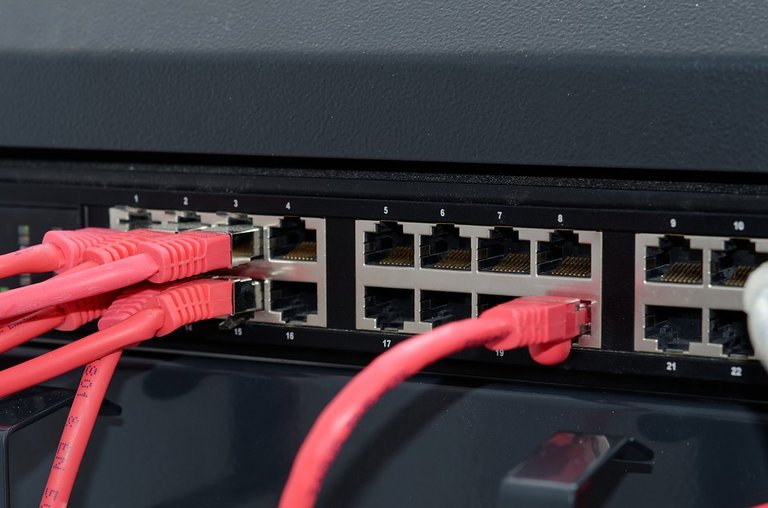
There are so many problems with the internet that will meet their solution if there are more internet exchange points (IXP). However, even though there are so many positive impacts IXP can bring, building more exchange points is not that easy to do. Here are some of the common problems that can hinder the development of a new IXP.
Lack of Participations from the Operators
Low traffic volume is the first issue that will be faced by a new exchange point. Even though this is very normal for a new IXP it is an undesirable condition for the local operators. Furthermore, some local operators might not really like the idea of peering with customers because they are afraid of losing their traffic, which actually is a misconception about IXP. In some countries where IXP is still a new concept, this lack of understanding of how IXP works and how it can benefit all the parties involved also often hinder the development of a new IXP.
Unsupportive Regulatory Framework
Another problem that can be an obstacle in a development of a new exchange point is local regulations. This mostly happens in countries where there are parties afraid of the new competition and business challenge that a cheap internet connection can bring. Once again, it often happens due to the lack of understanding on how an exchange point operates.
Lack of Infrastructure
Actually, developing countries are the ones that will benefit the most from a stable peering exchange point. Unfortunately, most developing countries cannot build an IXP due to the lack of infrastructure, especially the broadband terrestrial infrastructure. The cost of building an exchange point can be very expensive and in a non-commercial situation, it can be hard to find a source of funding. Wireless technology can actually be used to replace the terrestrial infrastructure, but the quality will not be as good and the connection is less reliable.